There are and have been many cars that have captured the imagination of so many over the years. Whether it’s for technological innovation, neck-breaking performance, setting a new bar for luxury, or an iconic style. And it’s even more when thinking about the wild and groovy years of the 1960s. The Miuras, Daytonas, Ghiblis, and Giulias certainly caught the eyes of many and pushed the boundaries of performance for their time. Yet when it comes to style, most will agree that there is one car that stands out from the rest. Some even say it’s the most beautiful car ever made. And, that, is the Jaguar E-Type.
10 Latest In A Long Line Of Performance Cars
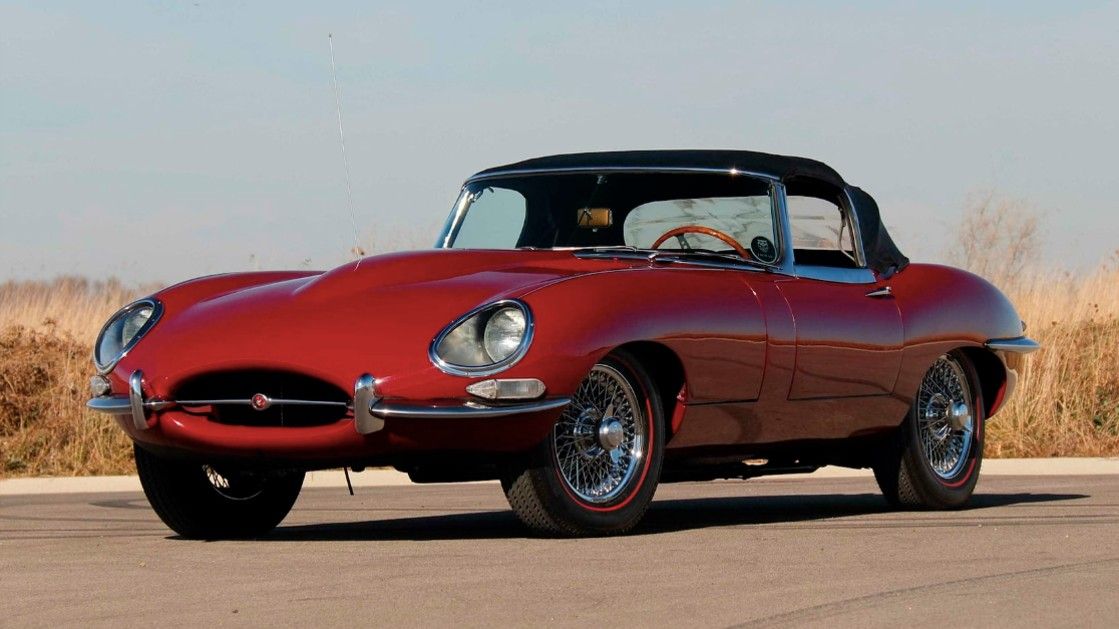
Before the E-Type, Jaguar already had a reputation for making fast and stylish cars that both dominated English country roads and the racetracks of Northern France. From the SS roadsters of the 30s, the XK series in the 40s and 50s, and the Jaguar’s immediate predecessor, the XKSS. The XKSS was a street version of the D-Type racecar. The D-Type in itself was an innovative car. It had unique aerodynamics, disk brakes on all wheels, an improved straight-six engine, and a light aluminum monocoque chassis.
It won many races throughout the fifties, but by the dawn of the 60s, it was increasingly being outclassed by the Ferraris and Astons on the racetrack and by the Mercs and Alfas of the day on the road. So, they decided to begin drawing up a replacement for the D-Type and the XKSS. They were also in the process of replacing their line of big sedans, so they figured they’d do the same with their flagship sports car. The new car would carry over the innovations of the D-Type, but rather than it being mainly designed for racing like its predecessor, it would mainly be a performance car for the street.
9 An Example of Post-war European Modernism

At the time the new Jag was being designed and tested, European car designers were taking increasingly experimental turns with their new designs, embracing the sleek futurism of the Modernist movement that many architects and planners were also adopting. However, they had a very different take on modernism from the Americans, who mostly went for a more conservative, yet smooth, straight-lined design for their cars, mostly to put the days of huge fins and exorbitant amounts of chrome behind them. The Europeans chose to go for more sleek, round lines instead. Not to mention, more expensive gas prices over in Europe meant that large, heavy, and un-aerodynamic designs simply wouldn’t work.
It’s this that made them make some of the most futuristic and beautiful designs ever made, some of which still look it to this day. From BMW’s new sedans and coupes, the odd new Citroën DS, Mercedes’s new line of sedans (plus the Pagoda), and countless more. And, Jaguar’s new car would adopt all of this into a smooth, curvaceous, and aerodynamic design.
8 Style That Blew (And Divided) Minds

After several years of work, Jaguar released its new flagships in mid-1961. Its new flagship sedan, the Mark 10, caught the eyes of many with its refinement and classic British classiness, and would go on to become an icon in of itself, being the car of choice for bank robbers, aristocrats, and the personal car of the infamous Kray Twins. However, what really stole the show was definitely their new sports car, the E-Type. Even in the sea of impressive new sports cars, the new Jag stole the attention of everyone, with some claiming it to be the most beautiful car ever made – among those being even Enzo Ferrari himself. It was also touted for having a top speed of 150 mph (or 241 km/ph for you smug Europeans). Later, it was found that the pre-production models that were given to the journalists had been tuned to squeeze out an extra 10-15 horsepower from its 3.8-liter straight-six engine. In reality, the car’s real top speed was in the 140s, which was still impressive for the time.
Despite its beauty though, many drivers complained about its lack of storage space in the interior, its hard and un-adjustable seats, as well as the cramped cabin. To address this, Jaguar decided to refresh the interior in the mid-60s and make a new, larger 2+2 version. The longer and smoother style did divide many people, who preferred the original two-seat version. Nonetheless, it proved to be popular, eventually replacing the original.
7 It Was An Icon Among Icons
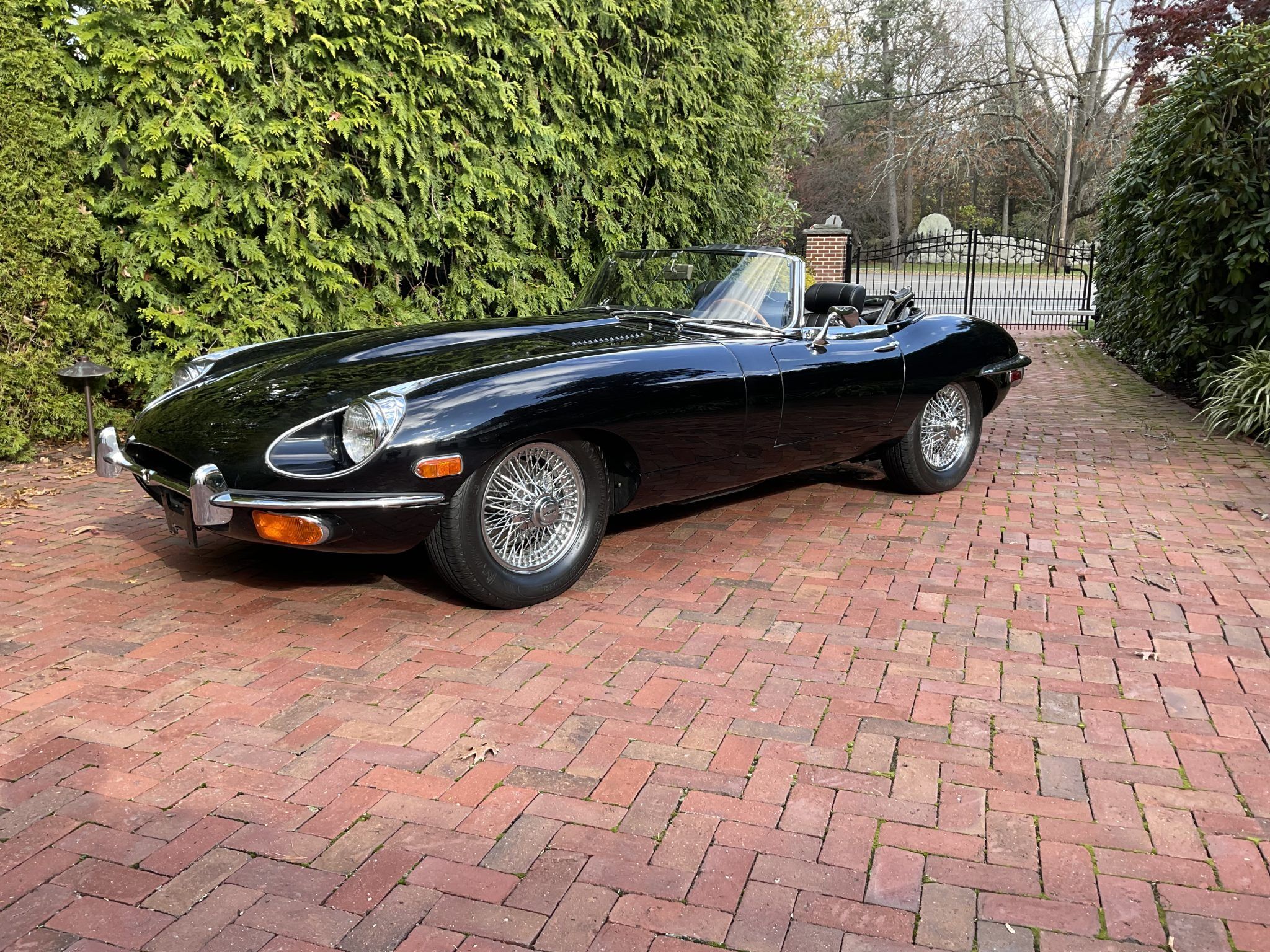
Being the iconic and well-known car it was, it was certain that it would catch the eyes of many with those same qualities. Far from being merely a car the old British aristocracy drove, it was owned by Hollywood stars, singers, racing drivers, and many more. Actor Steve McQueen, Princess Grace Kelly of Monaco, racecar driver Jackie Stewart (who’d also helped test the E-Type during development), and Mick Jagger all owned one. George Harrison also had one, a coupe that was a gift from his manager for his 21st birthday. He had it modified, such as by installing a record player on the dash.
Frank Sinatra had one as well, being among the first owners, with him reportedly saying he would buy one on the spot at the reveal in 1961. Finally, being the eccentric man he was, Elton John owned one, too. It was a red Series 1.5 Roadster, and would own it for a while before selling it off for auction in the 90s.
6 The E-Type Was A True Racecar Indeed
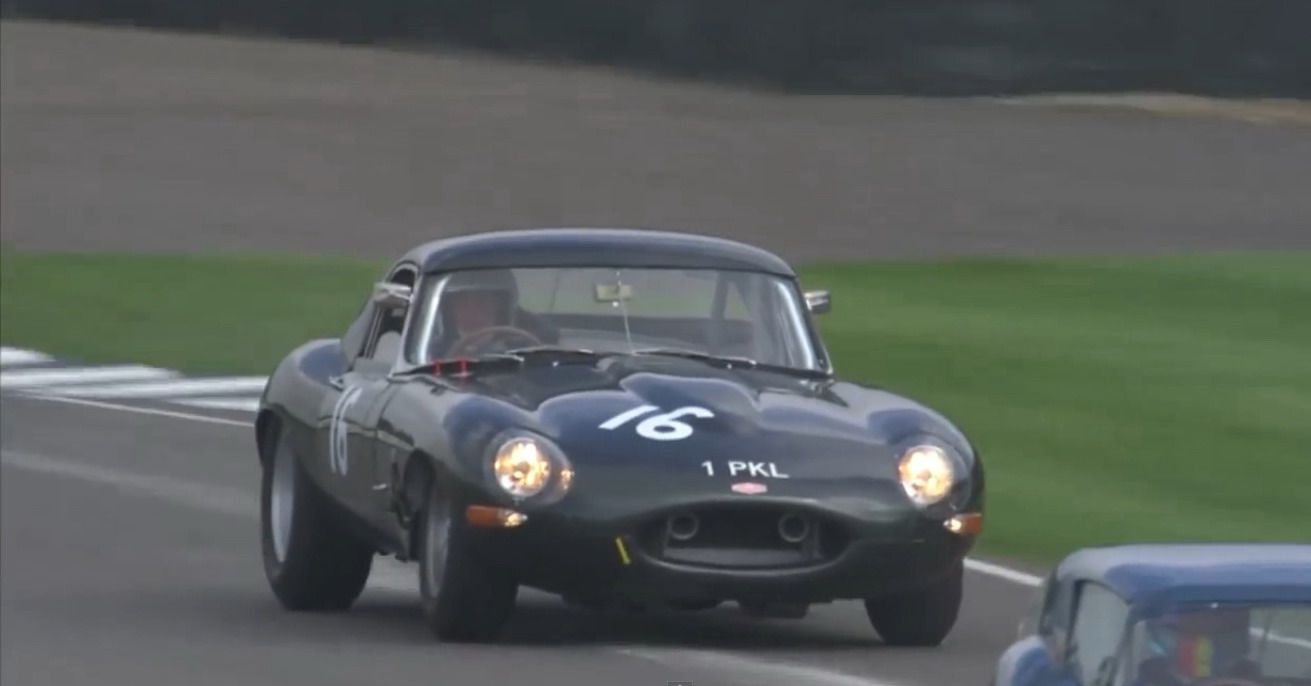
After the street version was such a success, the folks over at Jaguar thought it was time to bring take that success from the road to the racetrack, too. A slightly upgraded version first raced at Le Mans in 62′, finishing in fourth and fifth place. The next year, it was given a full aluminum body, a five-speed transmission, and upgrades that boosted its output to 350 horsepower from a larger 4.2-liter engine, and was shown to the world as the Lightweight. It raced at Sebring, Le Mans, the Nürburgring, and many others raced, but still lagged behind its other British, Italian, and German competitors. So for 1964, it received a stiffer suspension and a ton of engine upgrades, and would be the fastest iteration of the E-Type. Throughout the sixties, it would race across Europe and America, especially later in SCCA with the V12 version.
5 It Kept Getting Bigger
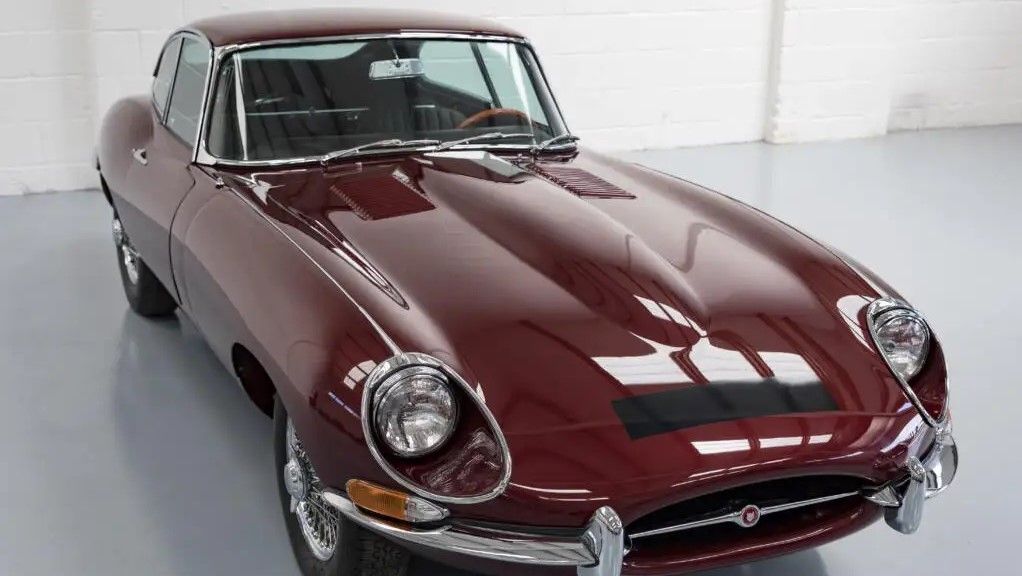
By the end of the decade, the Jag still grew in popularity, even as competition increased, whether from old brands like Ferrari, Aston Martin, and Maserati, or new ones such as Lamborghini and De Tomaso. To stay competitive, as well as to meet increasingly stricter emissions and safety regulations in the U.S., the engine was upgraded to 4.2 liters, with added heavy emission equipment. It lost the glass covers on its headlights and had to deal with larger bumpers, which somewhat reduced the aerodynamic design that made it so famous.
In the early seventies, U.S. regulations grew even stricter, so the 4.2-liter inline-six was soon thrown out in favor of their new, much larger 6.0-liter V-12. The massive engine made the car even heavier, but the car could now, at last, make it to 150, thanks to the extra power. But, financial problems began to brew at Jaguar, as well as around the world. A few years earlier, the company had been taken into the massive conglomerate BMC, rebranded as British Leyland, which sought to become the GM of Britain. Unfortunately for them, they’d spent so much money and time buying other car brands that they forgot to manage the ones they already owned. In the end, BL was in a dire financial state, with an outdated lineup of vehicles, and a rapidly deteriorating reputation. To make matters worse, the global economy was slowing, and competition grew from Germany and Japan.
To try to solve this, BL invested what little it had into updating old models and trying to make some new economy ones (and that is a long story in itself), and Jaguar updated for 1971, with the aforementioned V-12 engine, newer emissions and safety equipment, and with new “safety bumpers”, which were literally just two blocks of plastic glued to the front and rear bumpers. For the remainder of its life, the Jag would sit at the back of the lineup, dusting away at showrooms, much like the rest of the British car industry. In 1974, BL decided to cut out some of its older models to save costs, and the aging and slow-selling E-Type was on the chopping block. The last one would soon roll off the assembly line. BL went bust the following year, and Jaguar would break away from the sinking ship. During BL’s dying days, a replacement for the E-Type had been in development, but wouldn’t be finished until after breaking off and being released as the XJS.
4 There Still Hasn’t Been A Worthy Successor

In the years after E-Type ended production, Jaguar attempted to replicate its earlier success with the XJS. While the XJS was a great car, it was never as stylish or head-turning as the E-Type in its heyday. After its run ended in the early 90s, they tried again with the new XK series, to no avail. Their latest attempt was in the 2010s, with the F-Type. The F-Type is an amazing car, yet it’s a very different beast compared to its great-grandfather. And being realistic, it was always going to happen.
Many automakers pour money and resources to create new cars that try to replicate the spirit of the original car, but replicating an essence isn’t the same as being it, and both people and critics will always point that out. It seems that some brands have taken notice, and have made so-called “continuation” models. Two brands that famously did this are Aston Martin and Jaguar, bringing back a limited run of the C-Type racecar, the XKSS, and most importantly, new editions of the E-Type Lightweight. It was an amazing tribute to the legend that was and is the E-Type, but with a hefty price of $1.6 million per car (certainly now more on the secondhand market), it’s far from its original price of around $57,000 in today’s money.
The original E-Type certainly wasn’t affordable when it was new. It was an expensive sports car, with it being the perfect car for aristocrats and businessmen to speed down English country roads on the way to the estate or down the narrow, snake-like roads with the top down under the sunny skies of Southern France. Aside from that, there hasn’t been a single car Jaguar has made that can really be called a true successor to it. They have made some other great cars over the past few years, yet as time goes on and the brand’s sales continue to fall, it’s very unlikely there will ever be.
3 The E-Type Fetches Big Money At Auctions
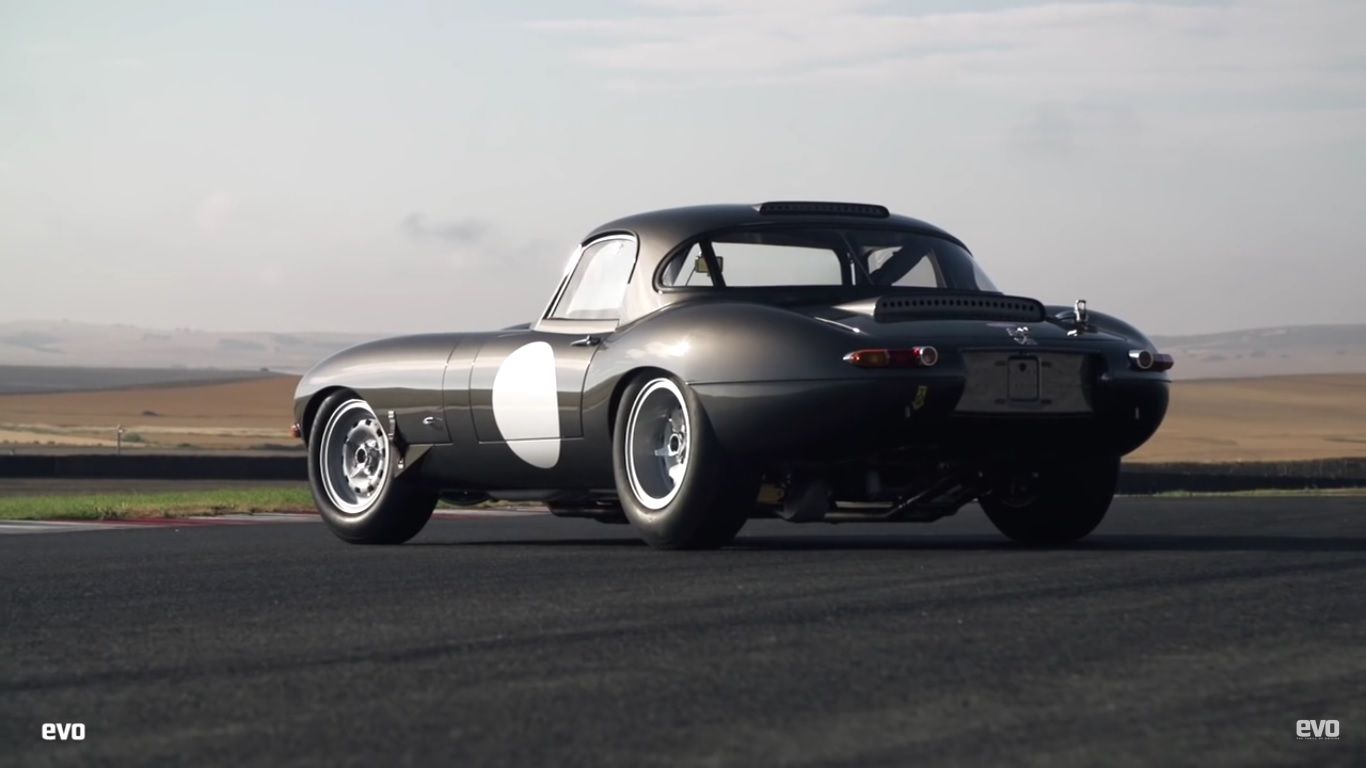
Just to re-affirm, the E-Type was never a cheap car. But, in the years immediately after production ended, prices for it did slump for a while during the late 70s and early 80s. Yet, prices began to rise again in the mid-80s, as yuppies began to scoop them up to own a piece of Old Britain. Most of those yuppies had grown up seeing old businessmen and their classy, upper-status lifestyles. So when they got rich, they sought to replicate the lifestyle of the “Old Money” aesthetic. It’s the reason why popular tourist attractions during the fifties and sixties resurged in popularity during the 80s, such as London, Italy, the beaches of Greece, and the beach resorts of Southern France. It’s also the reason why vintage Rolls-Royces and Bentleys also regained their prices. The E-Type was no different. To this day, the E-Type is still a highly sought-after car, with some examples going for over four times the original price.
For example, a production black 1966 Series 1.5 roadster, nicknamed “Black Beauty”, sold at an auction in 2013 for over $470,000. However, it really goes insane when it comes to the rarer editions, such as the Lightweight, which can easily go for well over $3 million. The most expensive Jaguar ever sold was sold in 2017 at an auction at Bonhams, a pristine Lightweight from 1963. That car sold for almost $8 million. While that may be an extreme example, as examples of this rare car become even rarer as time goes on, this is a trend that will continue.
2 It Is As Exclusive As It Gets
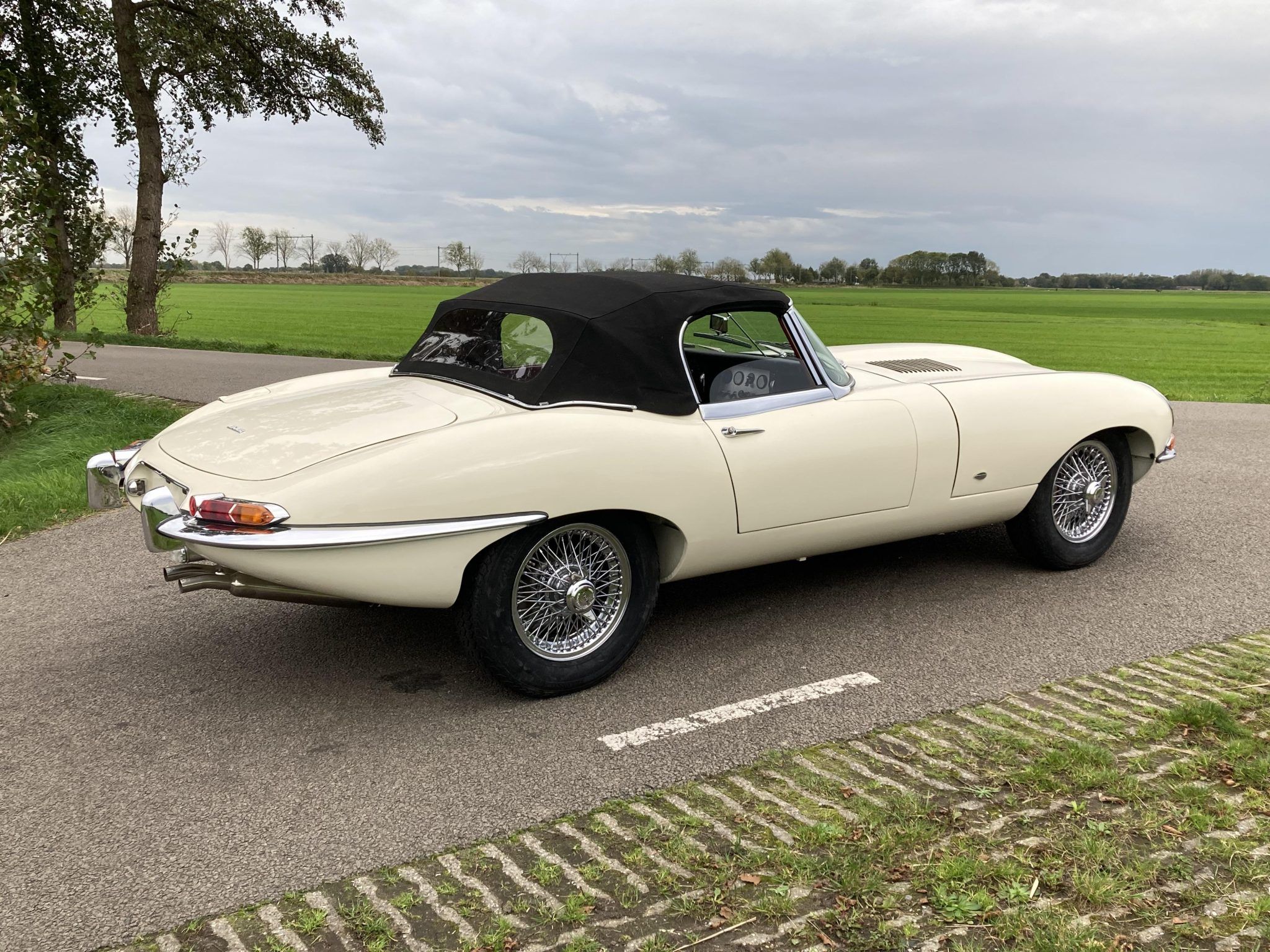
Thanks to the skyrocketing prices and increased value of the car, it caused most E-Type owners to feel uneasy about driving around in a car that is so sought-after and that probably costs more than some people’s homes. Unfortunately, this means that these cars are now being locked up in garages and private collections, likely to never touch the asphalt again. Luckily though, there are a lot of people who aren’t fazed by this. These people modify their E-Types, some more than others. Some even race their Jags on private circuits across the UK, which makes for a fun spectacle.
Some others have taken it even further, and have created companies that not only restore them, but also restomod them. The most known example is Eagle, a company that restores original examples. However, they also take existing ones and extensively upgrade them into something that the lads over at Coventry could’ve only dreamed of during its development. Modern tech, modern suspension, a newer engine, and a sleeker body, among other things, really turns the Jag into what it really should’ve always been.
On the other hand, there are shops that take E-Types that instead choose to swap in an electric powertrain, giving the car a whole new character and punch. While all of it may drive classic car purists up a wall, it is still interesting to see where people’s imagination takes them with those creations.
1 The Jaguar E-Type Doesn’t Come Up For Sale Often
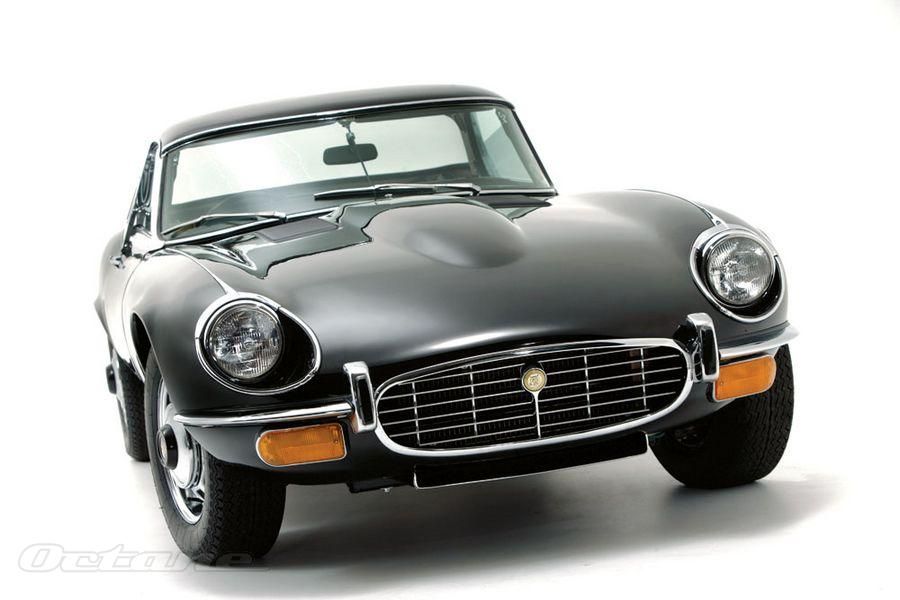
Okay, let’s say you’re a successful businessman. You’re doing very, very well for yourself. So well in fact, that you have almost $100,000 to splurge out a bit. You also want to own a classy car, and your new AMG, while being a beast of a car, it’s not exactly what you’d call that. So, you decide to go out and buy an E-Type. Owning one though, will turn out to be slightly more difficult than you might think. First, you’ll need to learn how to double-clutch, as pre-1964 models have no synchromesh on the first gear and are very weak for the second. On the bright side, though, it’d serve as a good leg workout if by any chance you skip leg day. Second, there are the uncomfortable seats and cramped cabin many disliked on the early models, especially for those of you who are a bit taller. Next and finally, there’s the simple fact it’s a British car from the 1960s, meaning that you should expect some sudden, unexpected breakdowns, especially if not properly maintained.
Many other flaws are missing from the list, but most of them were addressed in the later models. Even if you get an early one, it’s still a small price to pay to own and drive a piece of classic British history